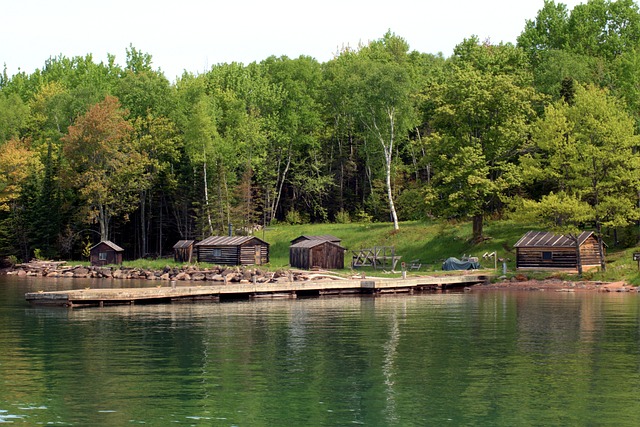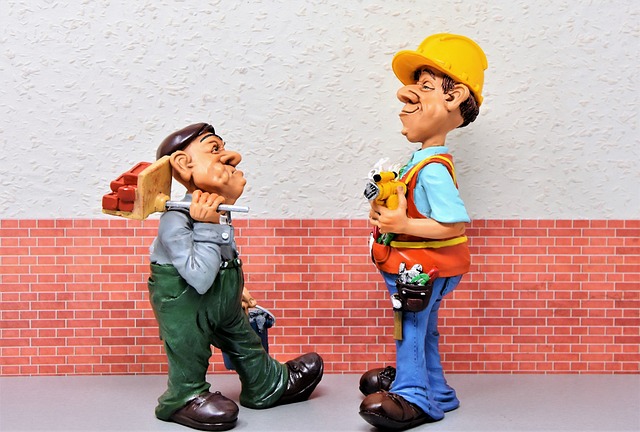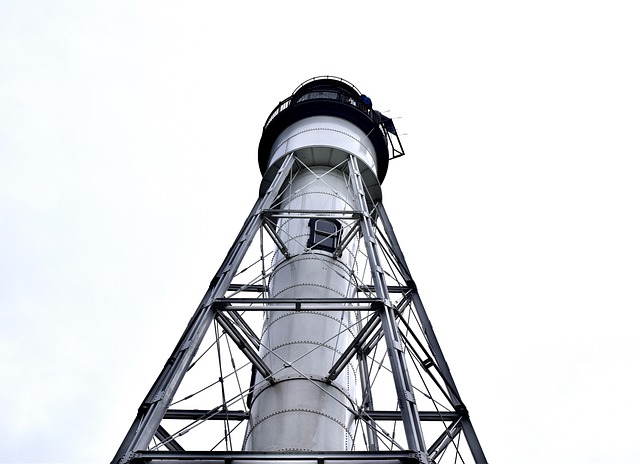Revitalizing urban spaces, especially downtown areas, is a strategic initiative to boost tourism, drive economic growth, and transform neglected real estate. By investing in these spaces, cities create dynamic hubs with improved amenities like trendy restaurants and modern infrastructure, attracting locals and visitors alike. This process involves community collaboration, hosting cultural events, encouraging stakeholder participation, and effective communication to promote progress and attract investors. Success is measured using both quantitative (real estate market analysis, foot traffic, property values) and qualitative (surveys, quality of life impact) data, ensuring a holistic evaluation of the project's effectiveness in enhancing the area and its real estate market.
“Discover how downtown revitalization is transforming urban landscapes and attracting new visitors. This comprehensive guide explores the multifaceted impact of real estate development on community engagement and tourism. From strategic planning to community involvement, we delve into proven strategies for successful downtown renaissance. Learn how to measure the effectiveness of revitalization efforts, focusing on key metrics that showcase growth in visitor attraction driven by vibrant, revitalized spaces.”
Revitalizing Urban Spaces: The Real Estate Impact on Visitor Attraction

Revitalizing urban spaces, especially downtown areas, is a powerful strategy to attract new visitors and transform underutilized real estate. When cities invest in revamping these spaces, they create vibrant hubs that draw locals and tourists alike. This can lead to a significant boost in the local economy through increased foot traffic, business growth, and tourism revenue.
The impact on real estate is profound; revitalized areas often see a surge in property values and a higher demand for residential and commercial spaces. New visitors are attracted by improved amenities, such as trendy restaurants, cultural attractions, and modern infrastructure, encouraging them to explore, stay, and even consider relocating or investing in the area’s real estate market.
Strategies for Downtown Renaissance: Engaging the Community and Beyond

Revitalizing downtown areas is a multifaceted approach that requires strategic planning and community engagement. One key strategy involves fostering collaboration between local businesses, residents, and visitors to create a vibrant atmosphere. This can be achieved through organizing community events, art exhibitions, and festivals that celebrate the unique culture and history of the neighborhood. By encouraging participation from diverse stakeholders, including real estate developers, the initiative gains momentum and attracts new investors.
Additionally, leveraging digital platforms and social media can significantly enhance visibility and attract a broader audience. Effective communication strategies that highlight the progress and potential of downtown renaissance projects are essential in drawing both local and distant visitors. Integrating these efforts with attractive real estate opportunities further stimulates economic growth and ensures the sustainability of the revitalization process.
Measuring Success: Evaluating the Effectiveness of Revitalization Efforts in Drawing New Visitors

Measuring success is paramount when evaluating downtown revitalization projects, as it provides a clear picture of their effectiveness in drawing new visitors and fostering economic growth. Real estate market analysis plays a crucial role here. By comparing pre-revitalization data with post-project figures, one can assess changes in foot traffic, retail sales, and property values. Increased visitor numbers, higher rental rates, and improved real estate valuations are strong indicators of successful revitalization.
Additionally, community engagement metrics can offer valuable insights. Surveying locals and visitors alike about their perceptions of the downtown area reveals how these revitalized spaces are impacting quality of life and attracting people from outside the region. This qualitative data complements quantitative measures, providing a holistic view of whether revitalization efforts have indeed succeeded in making downtown destinations that people want to visit and call home.






